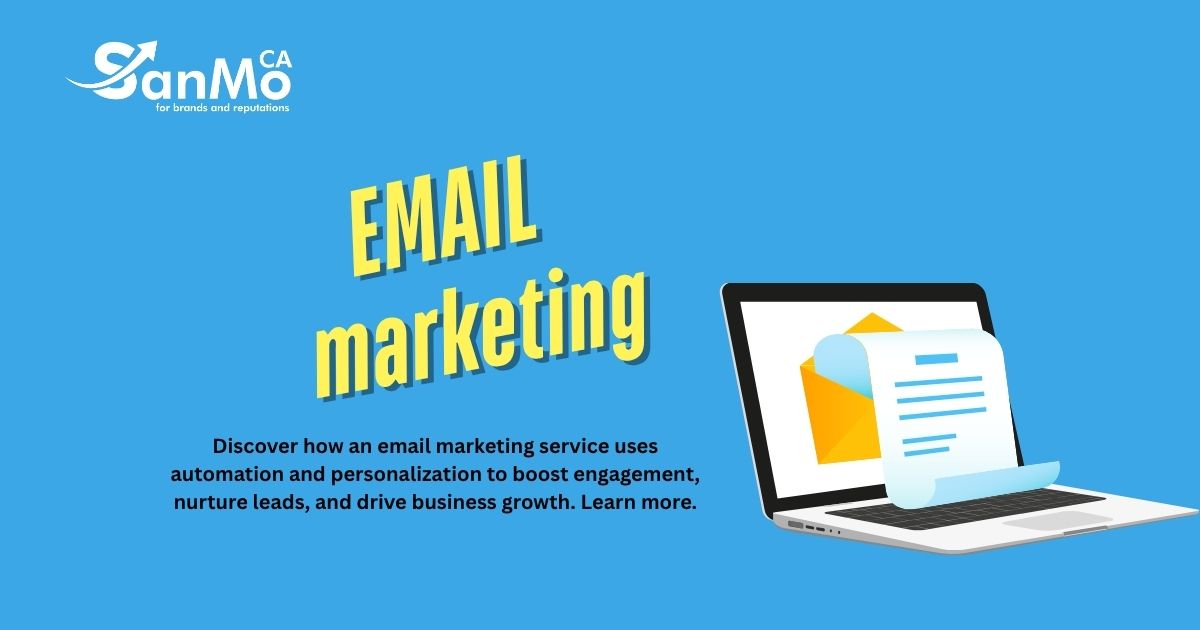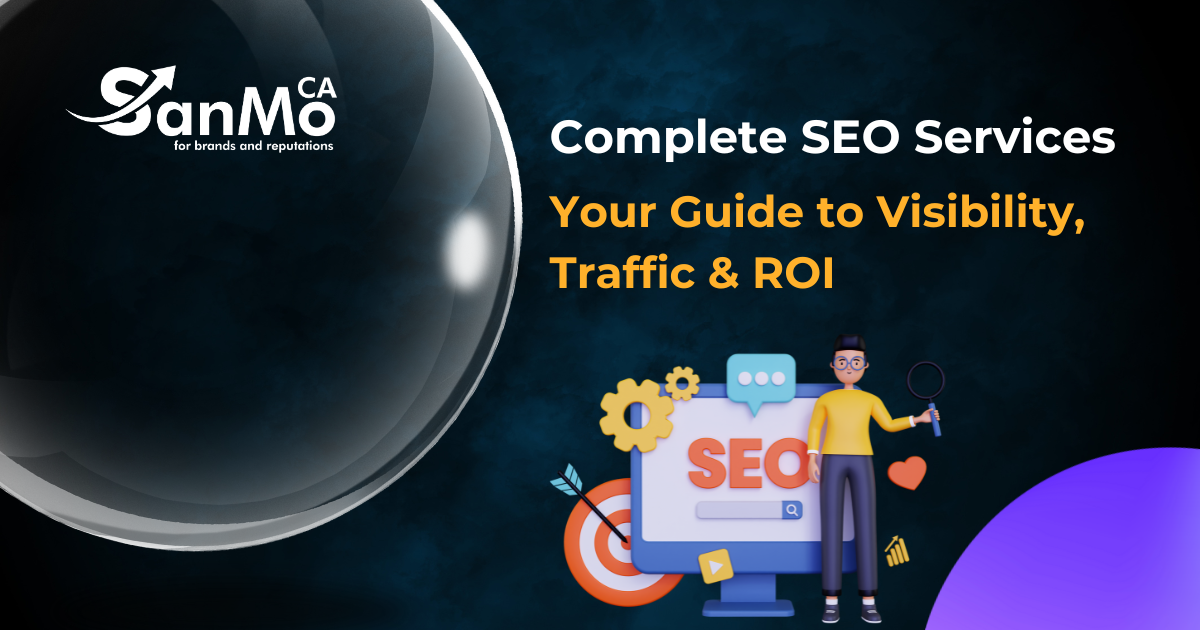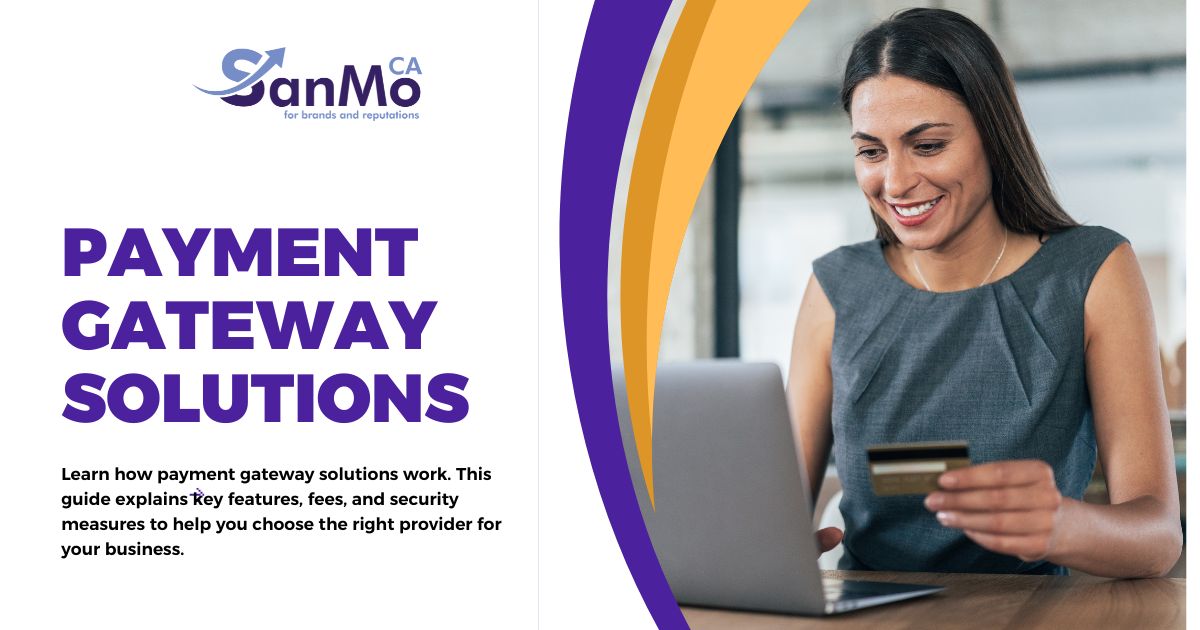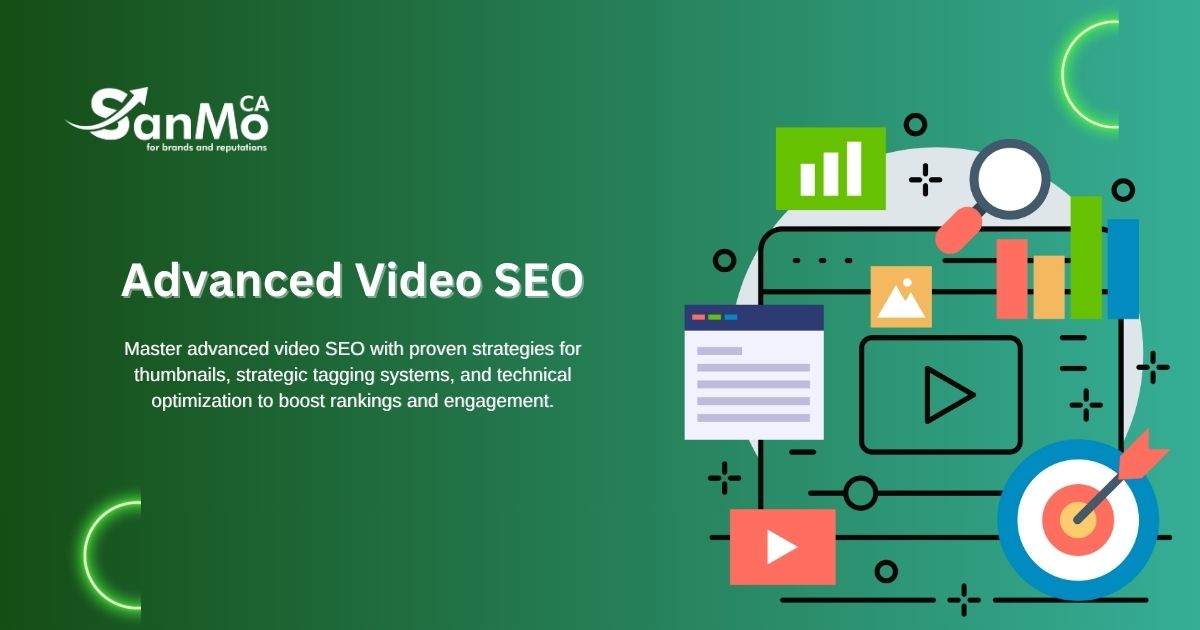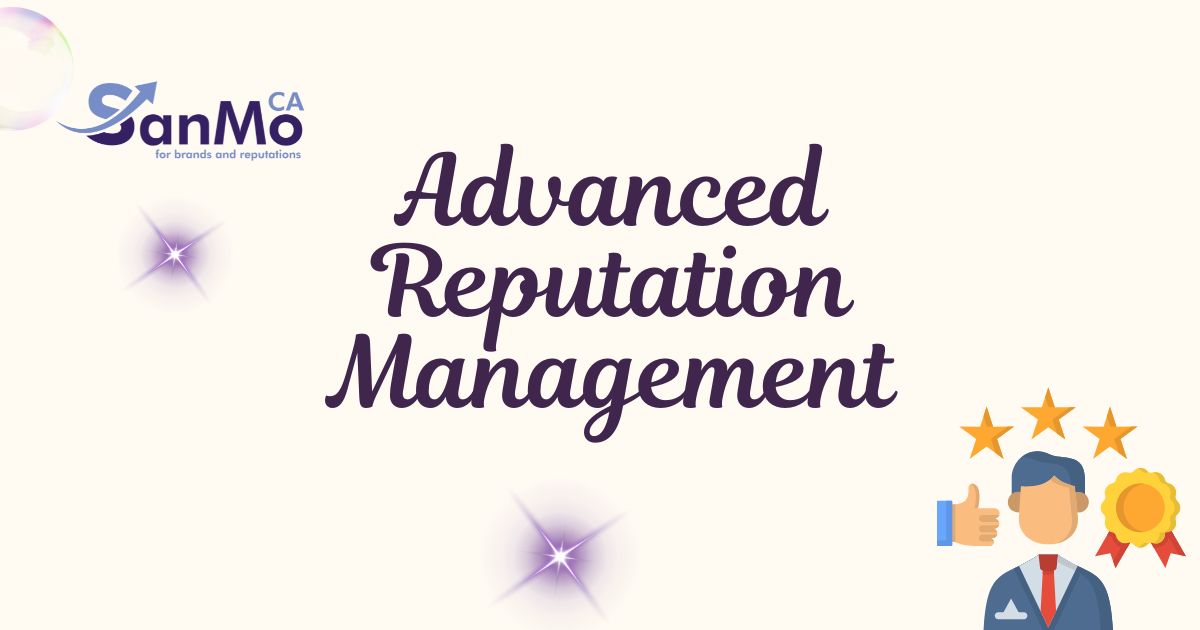Building a successful Software-as-a-Service (SaaS) product requires more than just a great idea. From initial concept to market launch, every stage demands specialized expertise, strategic planning, and flawless execution. Companies that try to navigate this complex journey alone often find themselves overwhelmed by technical challenges, market pressures, and resource constraints.
End-to-end SaaS development services offer a comprehensive solution, guiding businesses through every phase of the development lifecycle. These services combine strategic planning, user experience design, robust development, and go-to-market strategies under one roof. For entrepreneurs and established businesses alike, partnering with experienced SaaS development providers can mean the difference between a product that struggles to gain traction and one that scales successfully.
Whether you’re a startup with limited technical resources or an enterprise looking to expand your digital offerings, understanding what end-to-end SaaS development entails will help you make informed decisions about your product’s future.
Understanding End-to-End SaaS Development

End-to-end SaaS development encompasses the complete journey from initial concept to a fully operational, market-ready software solution. This comprehensive approach addresses every aspect of SaaS creation, ensuring that all components work seamlessly together.
Unlike traditional development approaches that focus on isolated phases, end-to-end services provide continuity across the entire project lifecycle. This integrated methodology reduces communication gaps, maintains consistency in design and functionality, and accelerates time-to-market.
The process typically begins with market research and competitive analysis, moves through strategic planning and architecture design, continues with development and testing, and concludes with deployment and post-launch support. Each phase builds upon the previous one, creating a cohesive product that meets both technical standards and business objectives.
The Complete SaaS Development Lifecycle
Discovery and Planning Phase
Every successful SaaS product begins with thorough discovery and strategic planning. This foundational phase involves understanding your target market, identifying user pain points, and defining clear business objectives.
Market research forms the cornerstone of this phase, helping development teams understand competitive landscapes and user expectations. User persona development ensures that the final product addresses real needs, while technical feasibility studies prevent costly pivots later in development.
Strategic planning during this phase includes defining the product roadmap, establishing key performance indicators, and creating realistic timelines. Teams also conduct risk assessments and develop contingency plans for potential challenges.
Design and User Experience
The design phase transforms strategic insights into tangible user experiences. This involves creating wireframes, prototypes, and comprehensive design systems that guide the entire development process.
User experience (UX) design focuses on creating intuitive workflows that reduce friction and enhance user satisfaction. User interface (UI) design ensures that the product is visually appealing and aligns with brand identity while maintaining usability across different devices and screen sizes.
Modern SaaS products must also consider accessibility standards, ensuring that all users can effectively interact with the software regardless of their abilities or the devices they use.
Architecture and Technical Planning
Before writing the first line of code, experienced development teams create detailed technical architectures that support current needs while allowing for future scalability.
This phase involves selecting appropriate technology stacks, designing database schemas, and planning integration points with third-party services. Security considerations are embedded from the beginning, ensuring that data protection and privacy requirements are met.
Cloud infrastructure planning is particularly crucial for SaaS products, as it directly impacts performance, scalability, and operational costs. Teams must consider factors such as geographic distribution, load balancing, and disaster recovery.
Development and Implementation
The development phase brings designs and architectures to life through systematic coding and implementation. Modern SaaS development typically follows agile methodologies, allowing for iterative improvements and regular stakeholder feedback.
Backend development focuses on creating robust APIs, implementing business logic, and ensuring data integrity. Frontend development creates responsive user interfaces that provide smooth experiences across various devices and browsers.
Integration development connects your SaaS product with external services, payment processors, and other tools that enhance functionality. This phase also includes implementing analytics tracking and monitoring systems.
Testing and Quality Assurance
Comprehensive testing ensures that your SaaS product performs reliably under various conditions and usage scenarios. This multi-layered approach includes unit testing, integration testing, and end-to-end testing.
Performance testing validates that the application can handle expected user loads while maintaining responsive performance. Security testing identifies and addresses potential vulnerabilities before they can be exploited.
User acceptance testing involves real users interacting with the product to identify usability issues and gather feedback for final improvements. This phase often reveals insights that weren’t apparent during earlier development stages.
Deployment and Launch
The deployment phase involves moving your SaaS product from development environments to production infrastructure. This process requires careful coordination to ensure minimal downtime and smooth transitions.
Launch preparations include setting up monitoring systems, configuring backup procedures, and establishing support processes. Teams also prepare marketing materials, documentation, and training resources for both users and internal staff.
Soft launches or beta releases allow teams to gather real-world usage data and make final adjustments before full market launch. This approach reduces risks and provides opportunities to refine the product based on actual user behavior.
Key Benefits of End-to-End Services
Streamlined Communication
Working with a single provider for all development phases eliminates the communication challenges that often arise when coordinating multiple vendors. This unified approach ensures that everyone involved understands the project vision and works toward common goals.
Streamlined communication also reduces the risk of misunderstandings that can lead to costly revisions or delays. Project managers can maintain oversight of all activities, ensuring that decisions made in one phase support objectives in subsequent phases.
Consistent Quality Standards
End-to-end providers maintain consistent quality standards across all development phases. This consistency extends to code quality, design principles, security practices, and documentation standards.
Teams familiar with all aspects of your project can make informed decisions about trade-offs and optimizations that might not be apparent to specialists working in isolation. This holistic understanding often results in better overall product quality.
Faster Time-to-Market
Integrated development processes typically result in faster time-to-market compared to coordinating multiple specialized vendors. Teams can work in parallel on different aspects of the project while maintaining alignment on shared objectives.
Reduced handoff times between phases and fewer integration challenges contribute to accelerated development timelines. This speed advantage can be crucial in competitive markets where being first-to-market provides significant advantages.
Cost Efficiency
End-to-end services often provide better cost efficiency than managing multiple vendor relationships. Unified project management reduces administrative overhead, while integrated workflows minimize duplicated efforts.
Providers can also optimize resource allocation across different project phases, using team members efficiently as needs change throughout the development lifecycle. This flexibility often results in better overall project economics.
Choosing the Right Development Partner
Technical Expertise and Experience
Evaluating potential partners requires assessing both technical capabilities and relevant industry experience. Look for providers with proven track records in developing SaaS products similar to your vision.
Technical expertise should encompass not just coding abilities, but also architecture design, security implementation, and scalability planning. Partners should demonstrate knowledge of modern development practices, cloud platforms, and integration technologies.
Experience in your industry or with similar business models provides valuable insights that can improve both development efficiency and final product quality. Ask potential partners about challenges they’ve encountered and how they’ve addressed them.
Portfolio and Case Studies
Reviewing portfolios and case studies provides insights into a provider’s capabilities and approach to different types of projects. Look for examples that demonstrate successful launches and ongoing client relationships.
Pay attention to the variety of projects in their portfolio, as this indicates adaptability and breadth of experience. Case studies should clearly articulate challenges, solutions, and measurable results achieved for clients.
Client testimonials and references provide additional validation of a provider’s capabilities and working relationships. Don’t hesitate to contact previous clients directly to gather unfiltered feedback about their experiences.
Post-Launch Support and Maintenance
SaaS products require ongoing support and maintenance after launch. Evaluate potential partners’ capabilities for providing long-term support, including bug fixes, security updates, and feature enhancements.
Understanding their support structure, response times, and escalation procedures helps ensure that your product will remain operational and competitive after launch. Some providers offer different support tiers to match varying needs and budgets.
Consider whether the partner can scale their support as your user base grows and your product evolves. The ideal relationship extends beyond initial development to support long-term success.
Making Your SaaS Vision Reality

Success in SaaS development requires more than technical expertise—it demands strategic thinking, user-focused design, and meticulous execution across every phase of the project lifecycle. End-to-end development services provide the comprehensive support needed to navigate this complex journey successfully.
The right development partner brings together diverse skills and experience to transform your vision into a market-ready product. From initial concept validation through post-launch optimization, they serve as strategic allies committed to your success.
For businesses ready to embark on their SaaS development journey, partnering with experienced providers like SanMo CA ensures access to the full spectrum of services needed to design, build, and launch successful products. Their comprehensive approach addresses every aspect of SaaS development, providing the foundation for sustainable growth and market success.
Take the first step toward bringing your SaaS vision to life by connecting with development experts who understand both the technical challenges and business opportunities that define successful software products.


